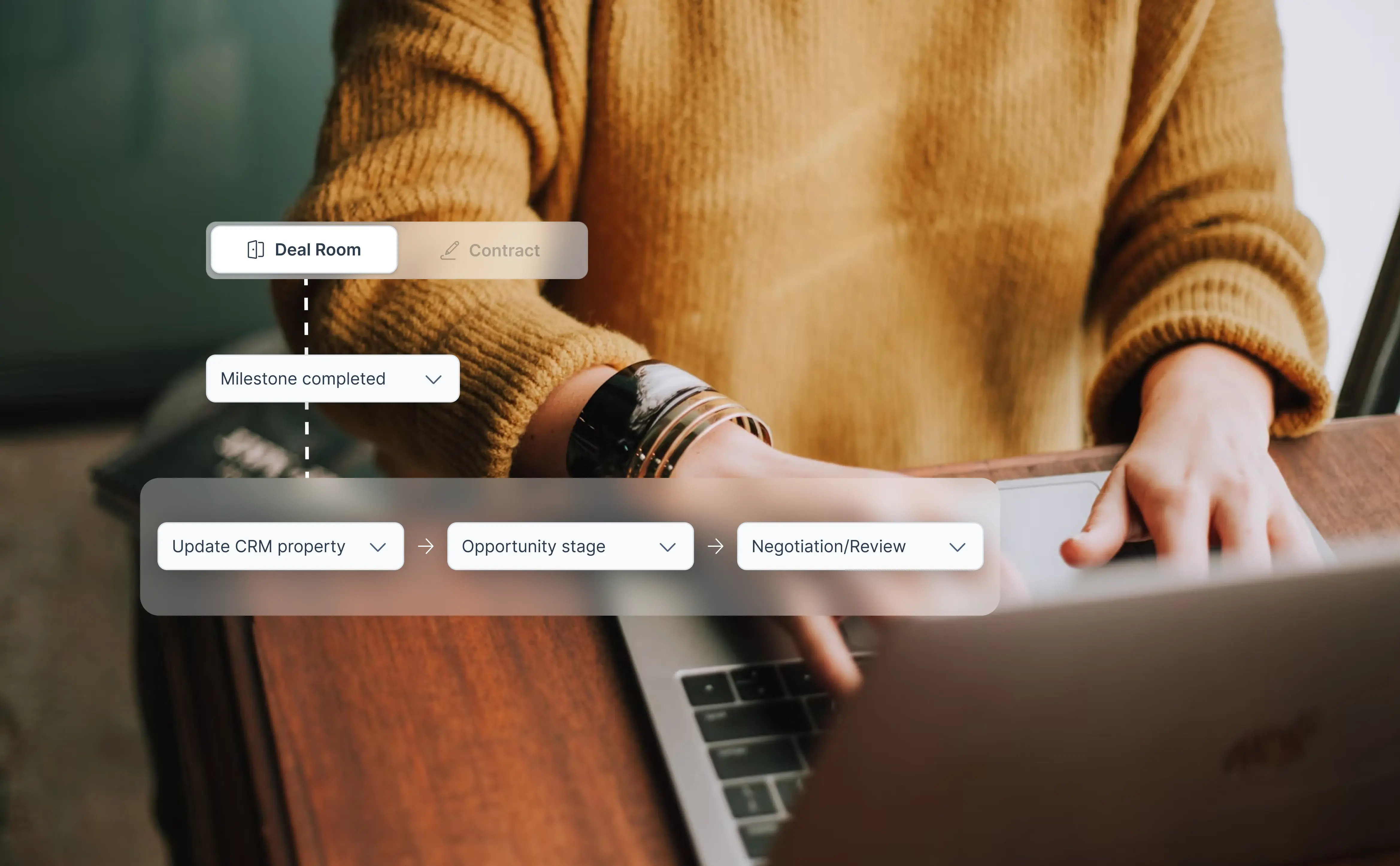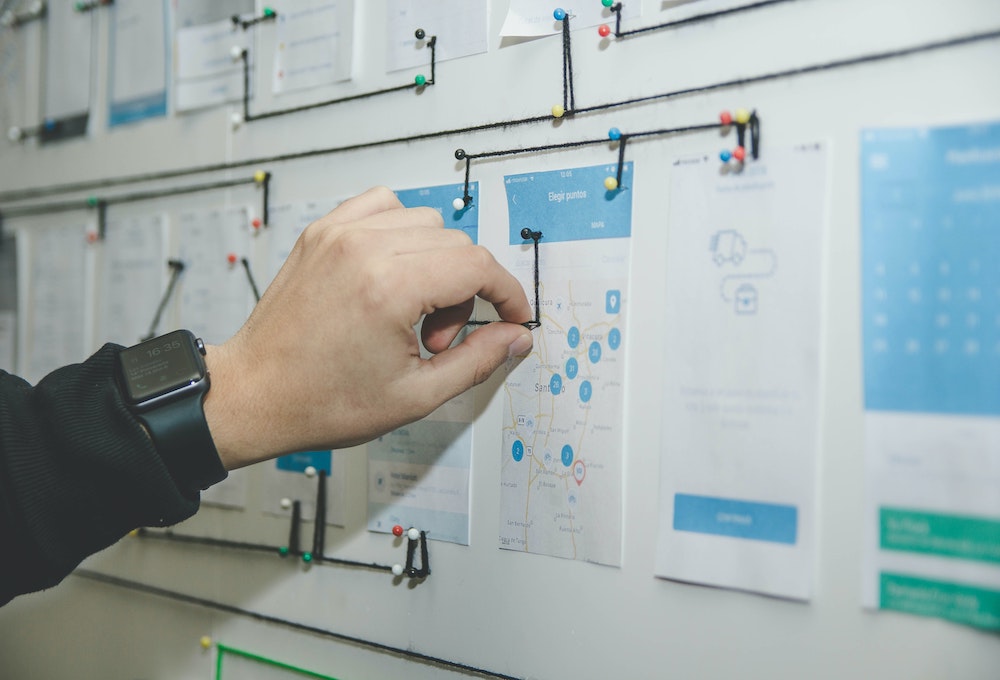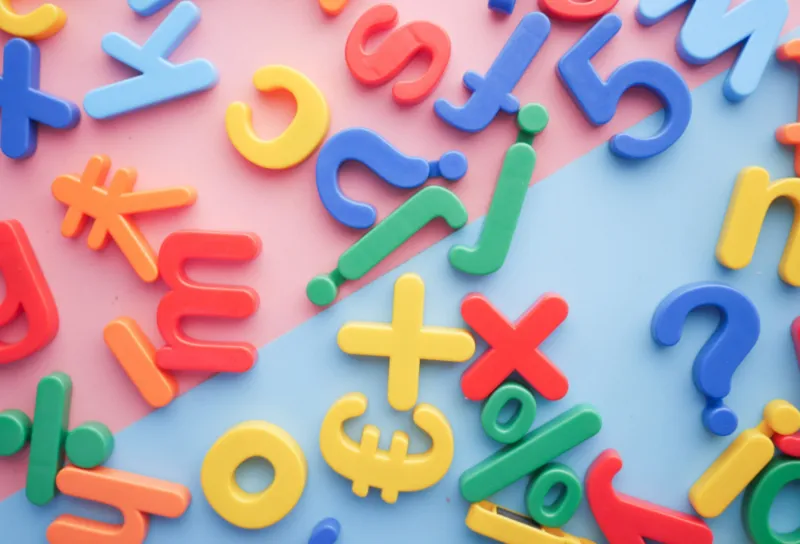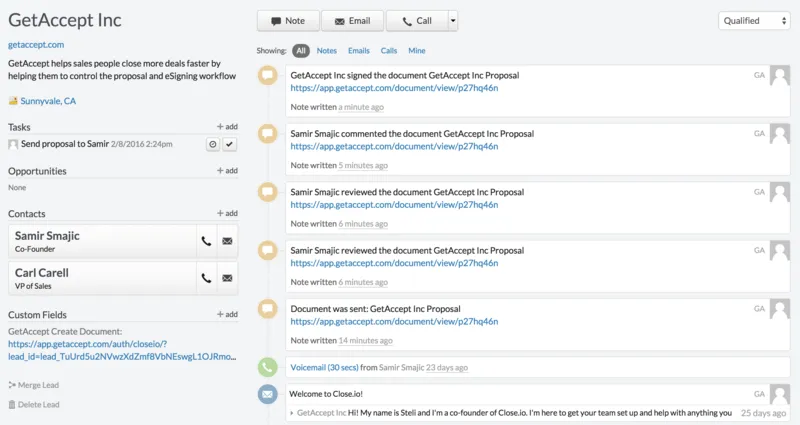CRM hygiene shouldn’t be a burden. But for most sales teams, it’s a manual chore — one that’s easy to forget and can cause costly mistakes or missed opportunities. Often, the CRM lags behind what’s really happening with your buyers.
What if your CRM could update itself automatically, based on actual buyer activity?
With Event-based CRM Sync, that’s exactly what happens. When buyers take key steps – like completing a task in the Mutual Action Plan, revisiting your Deal Room, or signing a contract – your CRM updates in real time.
This isn’t just about syncing data — it’s about unlocking smarter workflows. Need to auto-send a contract when a certain milestone is hit in the Mutual Action Plan? Or automatically create a task for a follow-up call when the buyer revisits the pricing section in your proposal? Now you can.
💡 Pro tip: Combine Event-based CRM Sync with GetAccept’s custom actions for HubSpot Workflows, to automate contract creation and sending triggered by those same buyer signals.
Here’s how this works in practice, based on common sales scenarios.

1. Keep opportunity stages aligned with deal progress
In complex deals, opportunity stages often shift as both buyers and sellers complete important steps — like internal reviews, stakeholder meetings or technical validations. But when the CRM updates rely on manual input, things can fall behind or slip through the cracks.
With event-based CRM sync, opportunity or lifecycle stages can update automatically when a Mutual Action Plan task or milestone in the Deal Room is completed – whether it’s marked done by the buyer or by the sales rep.
This not only reflects true buyer engagement, but also ensures the sales team is following your organization’s defined process. The result? A CRM that accurately shows where each deal stands, grounded in real activity instead of guesswork.

2. Update deal status (and more) instantly when contracts are signed
Finalizing a contract is a major milestone, but updating the CRM to reflect it has traditionally been a manual task – one more thing for reps to remember at the end of a busy deal cycle.
With event-based sync, once a contract is signed in GetAccept, the CRM can immediately move the opportunity to “Closed Won.” But it doesn’t stop there.
You can also update any other relevant CRM properties, not just on the deal itself, but on associated records, such as contact or company. That means your pipeline, reporting, and downstream processes stay in sync, without relying on manual input.

3. Trigger follow-up actions based on room visits
When a buyer returns to your Deal Room, it often signals interest, urgency, or a need for more information. However, without automation, that signal can be easy to miss.
With Event-based CRM Sync, every time a buyer visits the Deal Room, that activity can update your CRM and trigger timely follow-up actions. Whether it’s creating a task for a rep to follow up, sending a reminder email, or kicking off a contract creation flow using GetAccept’s custom actions, you can respond automatically to buyer engagement without lifting a finger.
This ensures no visit goes unnoticed, helping your team stay one step ahead without constantly monitoring activity manually.
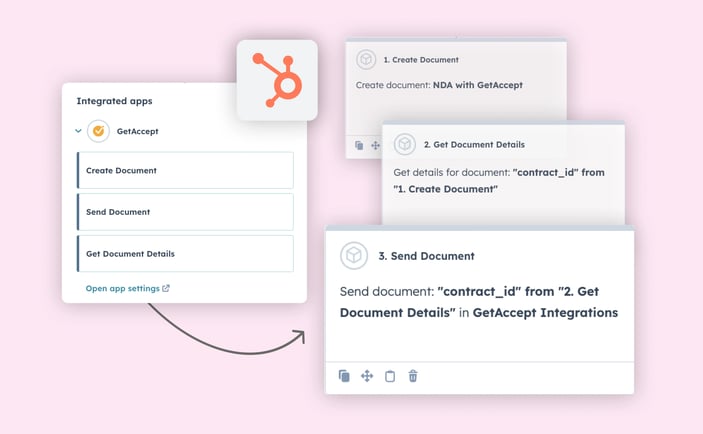
4. Automate contract creation and sending based on buyer activity
Certain contracts – like proposal agreements or NDAs – can’t be sent until internal approvals are in place or a specific milestone, like “Ready for Signature!”, has been reached. Manually tracking those steps and sending contracts slows things down.
By combining event-based CRM Sync with GetAccept’s custom actions for HubSpot Workflows, you can fully automate this flow. For example, once a sales rep marks an NDA milestone as completed in the Mutual Action Plan, a CRM field can update automatically – instantly triggering a workflow that generates and sends the NDA through GetAccept.
This ensures key documents go out at the right moment, without waiting for someone to take the next step. It also helps standardize how contracts are handled while keeping deals moving forward smoothly.
5. Enhance reporting with buyer engagement signals
Knowing which buyers are highly engaged is important for prioritizing follow-ups and forecasting.
When a buyer repeatedly views a document or completes key MAP tasks, event-based sync can update CRM fields like “Buyer Highly Engaged.” These fields feed into dashboards and reports, offering a clearer picture of deal health informed directly by buyer activity.
Why does this matter?
Before, sales teams had to rely on manual updates or complex external automations to keep CRM data current. That often meant delays, inconsistencies, and missed signals.
Event-based CRM sync closes the gap between buyer actions and CRM data. Your CRM becomes a more accurate, timely reflection of the sales process — helping teams respond faster and focus their efforts where it counts.
Want to learn more? Check out these help articles ↓
-1.jpg)
